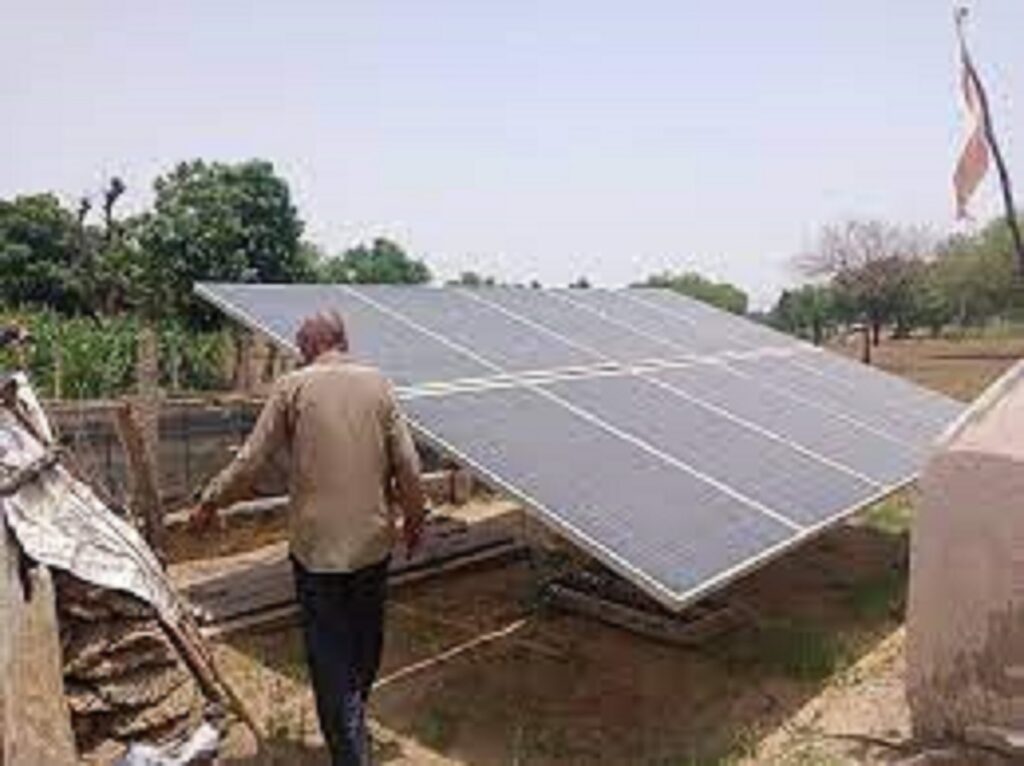Despite being endowed with abundant solar resources and achieving significant solar energy production, Rajasthan has yet to harness this green energy for its own agricultural sector effectively. This sector, which consumes 40% of the state’s electricity, remains heavily reliant on traditional energy sources.
The Case for Solarizing Agriculture
Converting Rajasthan’s approximately 1.6 million agricultural power connections to solar energy could yield substantial benefits. It would not only reduce the government’s hefty power subsidies but also alleviate power shortages for domestic and other consumers who currently face frequent power cuts.
Current Solar and Wind Energy Utilization
At present, solar and wind energy together meet only 13% of Rajasthan’s power demand. Although the state has installed solar projects with a capacity of 21,000 MW, it has power purchase agreements for only 4,000 MW; the remaining power is exported to other states.
Comparisons with Other States
Other states like Maharashtra and Andhra Pradesh are already leveraging solar energy to fulfill the power demands of their agricultural sectors. In contrast, Rajasthan continues to supply electricity to farmers at a subsidized rate of 90 paise per unit, far below the discoms’ purchase cost of Rs 6.40 per unit. This results in an annual subsidy burden of Rs 16,000 crore for the state government.
Expert Opinions on Rajasthan’s Strategy
D D Agarwal, director at Samta Power, an NGO focused on the energy sector, criticized the Rajasthan government’s lack of strategy in utilizing its solar resources. “Solarizing the agricultural sector would significantly ease the financial strain on discoms, which are currently struggling,” Agarwal stated.
The Financial Strain on Discoms
Rajasthan’s power subsidies, high landed coal costs due to transportation from distant regions, inefficient power plants with a low load factor of 65%, substantial debt burden, and expensive purchases from energy exchanges have created a vicious cycle. This has led to persistent power cuts and financial distress for the state’s power distribution companies (discoms).
Missed Opportunities in Solar Initiatives
Agarwal highlighted the state’s missed opportunities in utilizing solar power to mitigate these issues. “Schemes like PM-KUSUM and Saur Krishi Ajivika Yojna have not achieved their potential. Adequate attention and effective implementation could have provided a way out of this distress,” he noted.
In summary, while Rajasthan stands as a leader in solar energy production, it must develop and execute a robust strategy to use this resource for its own agricultural needs. Doing so could reduce subsidies, improve power availability for all consumers, and bring financial stability to its power sector.

